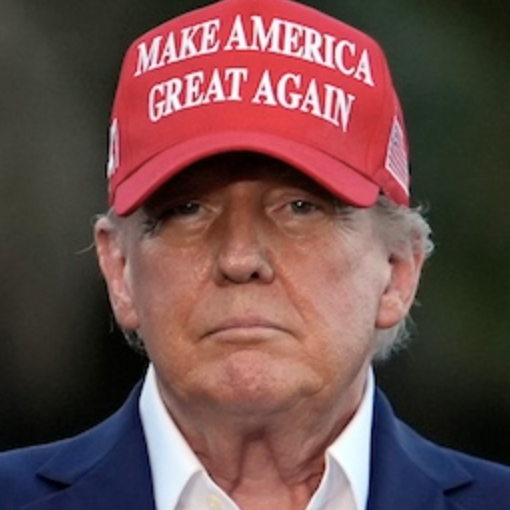On his first day in office, President Donald Trump repealed a Biden-era executive order that allowed transgender people to serve openly in the military, clearing the path to reinstate restrictions in place under Trump's first administration.
Trump took the next step Jan. 27 by signing an executive order, "Prioritizing Military Excellence and Readiness," which says transgender service members "cannot satisfy the rigorous standards necessary for military service." Identifying as transgender, it says, "conflicts with a soldier's commitment to an honorable, truthful, and disciplined lifestyle," and "is not consistent with the humility and selflessness required of a service member."
The order directed the defense secretary to update military service medical standards within 60 days and, within 30 days, "issue guidance necessary to fully implement this order."
The Pentagon issued a Feb. 26 memo announcing a policy that "individuals who have a current diagnosis or history of, or exhibit symptoms consistent with gender dysphoria are no longer eligible for military service."
Gender dysphoria is psychological distress that results from an incongruence between one's sex assigned at birth and one's gender identity, although medical experts say not all transgender people experience it.
The memo also said that people with gender dysphoria may no longer enlist, and military departments must begin "separation actions" within 30 days for those currently serving.
Waivers will be granted on a case-by-case basis, the memo said, but waiver eligibility requires a person to have "never attempted to transition," and to have lived for 36 months as their sex assigned at birth "without clinically significant distress." Transition refers to the process a person goes through to identify and live as a gender different from the sex assigned to them at birth.
The memo's other policies prohibit the use of pronouns that don't match a person's sex, and mandate that "all service members will only serve in accordance with their sex."
Several transgender active service members, and some seeking to enlist have filed a lawsuit to halt the changes.
Of more than 1.3 million active military service members, it's unclear exactly how many are transgender. A 2018 Defense Department estimate put the number at 8,980, or 1% of the entire force. When including members in the National Guard and military reserves, a 2014 estimate from the University of California, Los Angeles' Williams Institute, a LGBTQ+ policy research center, put the figure around 15,500.
Trump's order directed the Defense Department to restrict the ability of transgender people to serve in the armed forces. The policies released on Feb. 26 prohibit transgender people with gender dysphoria from enlisting and orders the purge of existing transgender service members, with some narrow possible exceptions.
The policy faces a court challenge, but for now we rate this a Promise Kept.

